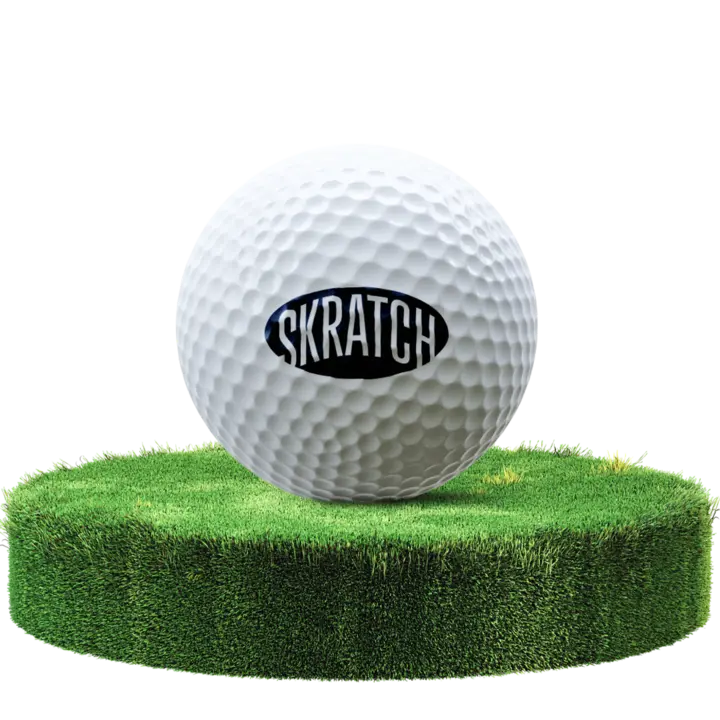
Why Graphite Iron Shafts Are Not Created Equal
With so many variables in construction, graphite iron shafts can be difficult to understand, which is why getting fit is key to finding the right one for you.
For golfers looking at new irons, one of the main components of a set is the shafts, and the iron shaft market is littered with options. Unlike with drivers and fairway woods, where graphite is the only option, iron shafts come in a huge variety of weights, flexes, and materials to best suit individual golfers' needs.
But even now, graphite iron shafts are one of the most misunderstood components of a golf club because, unlike their steel counterparts, graphite shafts are constructed using different materials to achieve weight, flex, and balance point profiles.
Benefits of Graphite
Graphite shafts offer three main benefits to golfers that steel can't provide:
Weight reduction
With its higher strength-to-weight ratio, graphite iron shafts can offer the ability to reduce the total weight of a golf club without sacrificing control. On the opposite side of the spectrum, because steel shafts are constructed with a homogeneous material (various tempered steel alloys), they naturally get more flexible as they get lighter. This is not the case with graphite.
Vibration Dampening
Another get material property of grapite and carbon fiber, along with the resins used to bring them all together is they are naturally vibration dampening. This can have a serious positive impact of golfers who struggle with various ailments like golfers elbow or tendonitis to play with reduced pain.
Greater Build Variety
Thanks to lighter weight options and the ability to manipulate variables during the club building process, graphite shafts allow for far greater flexibity to fine tune for the end user. This makes them a great option for golfers who might play over length clubs, or is some cases help adaptive golfers get fit in ways that are just not possible with steel.
Why A Fitting Is So Important
First off, a club fitting is always important for any golfer seeking to maximize performance, but it's even more critical for golfers looking to transition to graphite iron shafts because, unlike with clothing or shoe sizes, there is no linear (or mostly linear) relationship between using a steel shaft and using a graphite shaft.
In almost every case, golfers will go down in weight by 15-25% when switching from steel to graphite, since graphite and carbon fiber have a much higher strength-to-weight ratio compared to steel, and the player can find a comparable flex at a lighter weight.
For more context related to materials and weights of graphite iron shafts, check out the video below to see how four models built to similar specs result in very different end products.
Share this article
Share this article
JOIN OUR NEWSLETTER
Get our top stories in your inbox, including the latest drops in style, the need-to-know news in pro golf, and the latest episodes of Skratch’s original series.


RELATED ARTICLES

Skratch 2025 © All rights reserved



